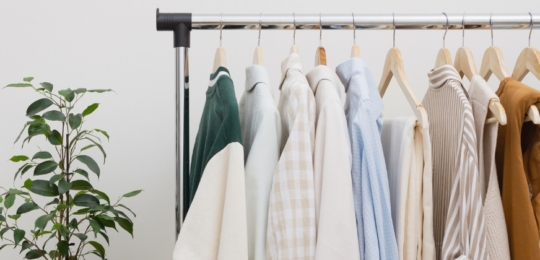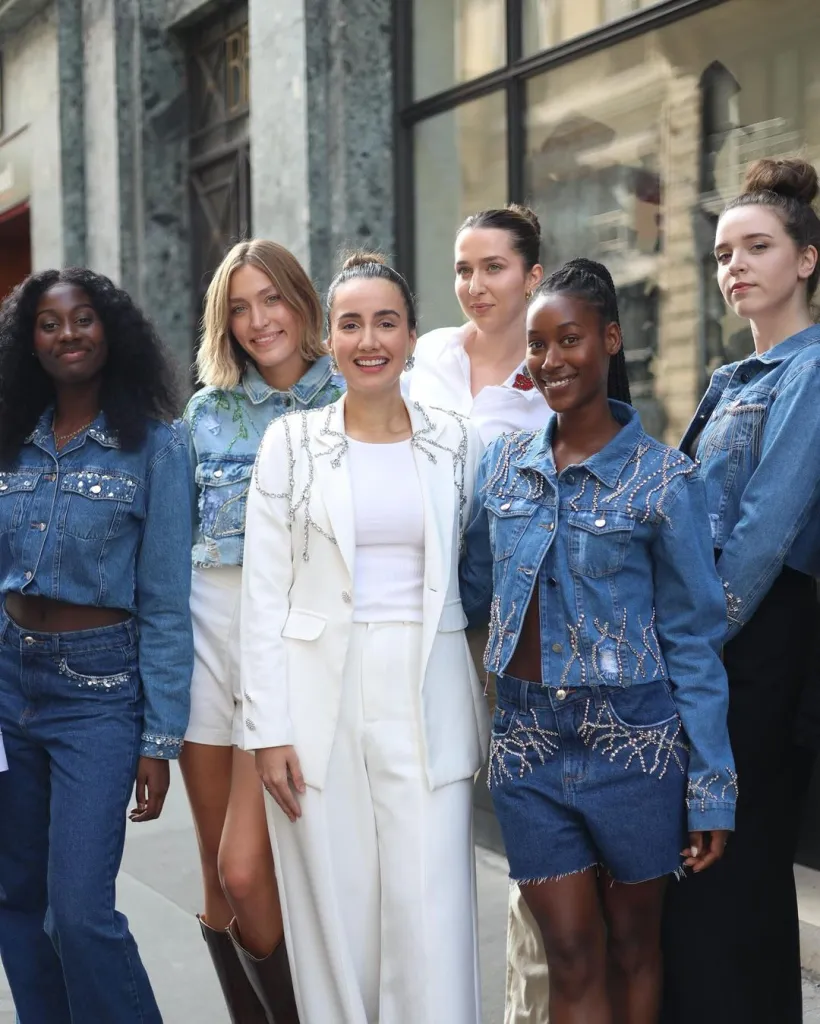
ESG in Fashion: True Transformation or Mere Superficiality?
ESG, standing for Environmental, Social, and Governance, has been widely discussed as an essential part of responsible corporate practices.

In the captivating world of fashion, the Big Four stand as the pillars supporting the industry, setting trends and driving creativity across the globe. These four cities – New York, London, Milan, and Paris – have the privilege of hosting some of the most prestigious fashion weeks.
Biannually, they amplify their influence in the industry, particularly in terms of glamour, artistic expression, trends, and innovation.
In this post, we will explore what makes these cities special, diving into the significance of each fashion week that constitutes the Big Four.
New York City, famously known as the city that never sleeps, also serves as the starting point for the annual cycle of fashion weeks. New York Fashion Week (NYFW) bursts with creativity, standing out for its focus on contemporary brands and emerging designers.
As the first of the Big Four, NYFW in a way sets the tone for the season’s trends, providing a critical platform for new talent and solidifying the Big Apple’s status as a global hub for fashion innovation.
It was in 1993 that the Council of Fashion Designers of America (CFDA) introduced the concept of a fashion week in the city with a unified calendar. To this day, they are responsible for organizing the event and its schedule, deciding who will be included in the highly coveted official calendar.
Continuing the tradition of the well-known Fashion Months (February and September), we then set off for the European Continent.
The British capital is home to London Fashion Week (LFW). London is the city where designers dare to take risks, exploring new shapes, colors, and concepts.
The inaugural LFW took place in February 1984. Today, it is promoted by the British Fashion Council in partnership with the London Development Agency and also receives support from the Department for Business, Innovation, and Skills. Each season, the London fashion week attracts over 5,000 representatives from the press and buyers, generating orders that exceed £100 million.
Fashion weeks are known for their exclusive guest lists and coveted invitations to shows. And, of course, with the Big Four, this is even more pronounced. It’s no surprise that immediately following the end of London Fashion Week, there’s an edition exclusively tailored for retail and its buyers.
Ah, Italian fashion. Exquisitely crafted tailoring and elaborate cuts are showcased by the country’s leading fashion brands during Milan Fashion Week.
Founded in 1958, MFW is partially organized by the National Chamber of Italian Fashion (Camera Nazionale della Moda Italiana), a non-profit association that regulates, coordinates, and promotes the development of the country’s fashion.
The City of Light masterfully closes the cycle of the Big Four. Paris Fashion Week (PFW) is the epitome of current French fashion, with shows that are true works of art in motion. No other city captures the essence of timeless style quite like Paris.
PFW is known for its high standards in selecting designers for the official calendar. To participate, houses must adhere to a list elaborated by the Chamber of Haute Couture, which also oversees the Haute Couture Week. Only a few maisons meet all the requirements to present their collections.
During PFW, it’s common to see not only well-known high-fashion brands like Chanel and Alexander McQueen but also rising or returning names to the official calendar, such as Maison Margiela.
These events are not just about the latest trends. In fact, they are a platform for cultural exchange, innovation, and setting the direction for the fashion industry worldwide.
In other words, they give a sort of direction towards where the industry might me going, specially in the upcoming months – until the next fashion season.
Many emerging designers dream of being part of the Big Four. These fashion weeks provide unprecedented visibility, enabling promising talents to reach a global audience.
Unknown brands can transform into fashion icons, propelling their careers and winning over international markets. The global exposure offered by the Big Four is a crucial platform for diversity and innovation in the fashion landscape.

This is exactly what happened to Trezzo, a luxury embroidery brand from Belo Horizonte, Brazil, led by visionaries Luiza Castilho and Luisa Mafia. With hand-embroidered pieces, Trezzo made its way to the City of Light to participate in an immersive week with major players from the Parisian industry. In addition, Trezzo held its first fashion show and starred in an exclusive pop-up in Le Marais.
In the picture, we see Luisa Mafia with models wearing Trezzo, right after the Paris fashion show.
This project was one of the most beautiful and special in our careers.
We are very proud to work with purpose-driven brands.
The Big Four are not just seasonal events; they are institutions that have shaped and continue to shape the course of global fashion. From New York to Paris, each city contributes a unique perspective, creating a mosaic of creativity, style, and elegance.
That’s why we created the Market Insider Experience. We want to elevate the international opportunities presented to Brazilian fashion and beauty brands. Want to learn more about the FASHION WEEK EXPERIENCE? Click here!
The first step to being part of the coolest hub for creative minds starts here. Get forward-thinking insights in your inbox every week!